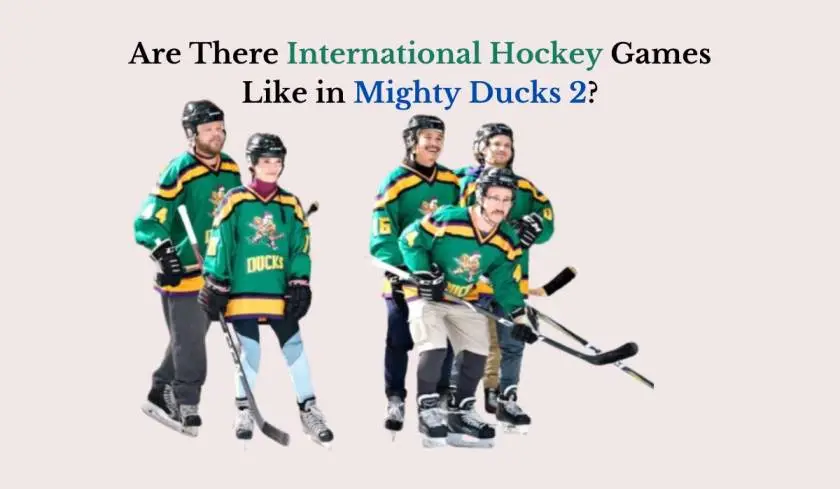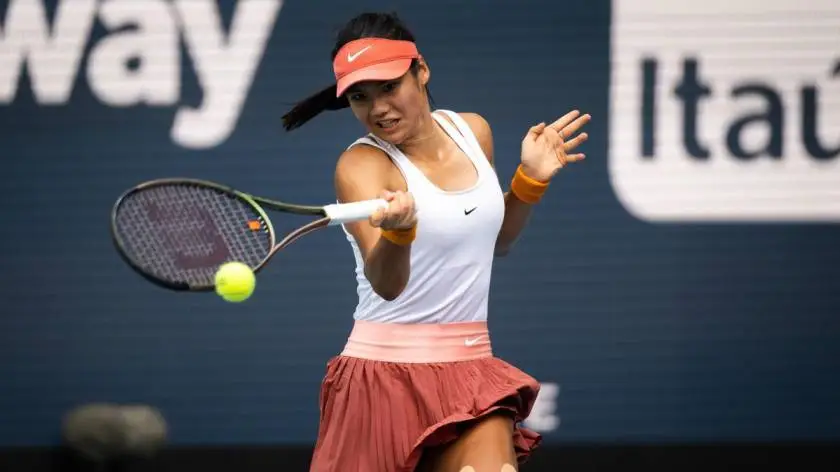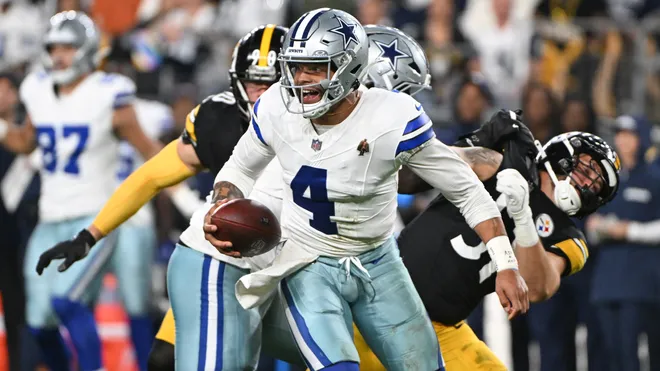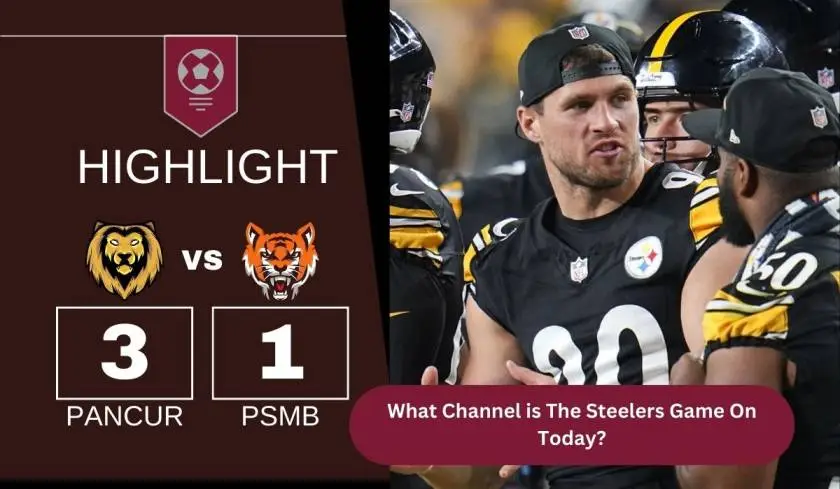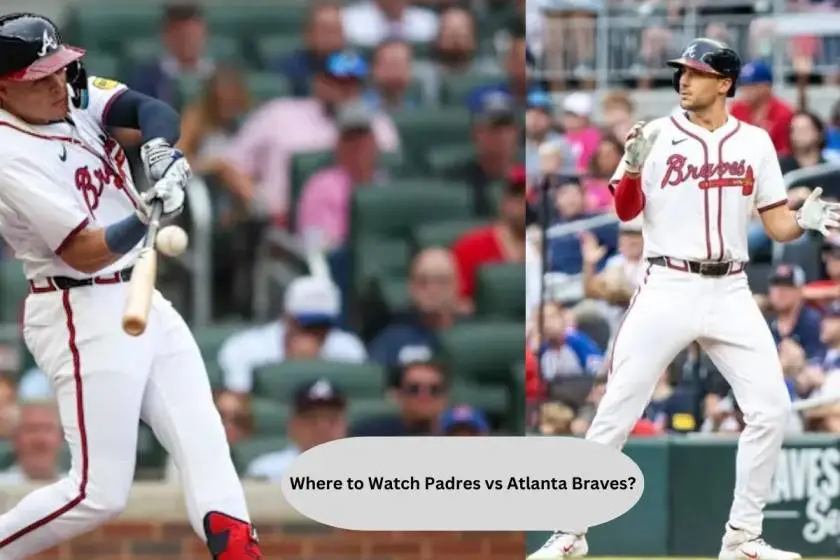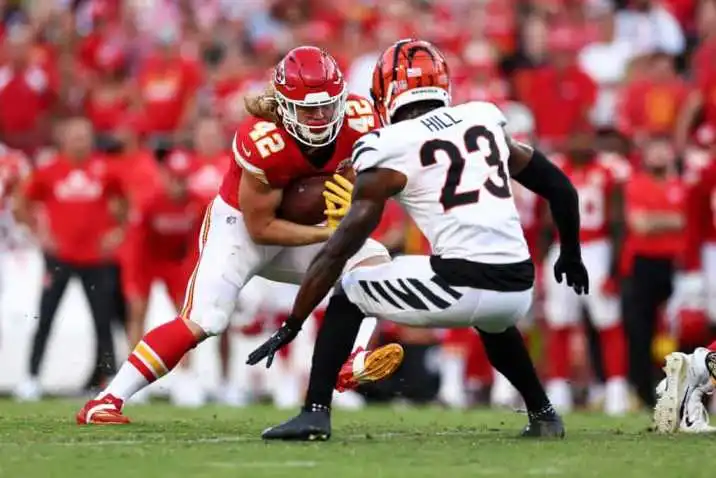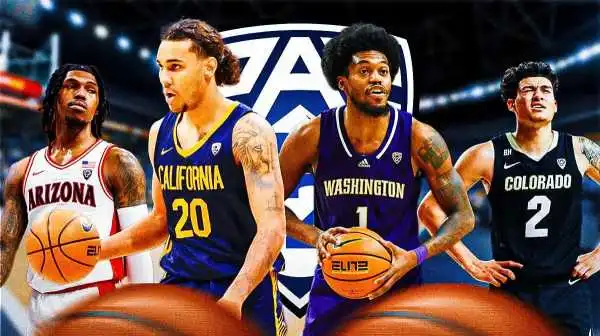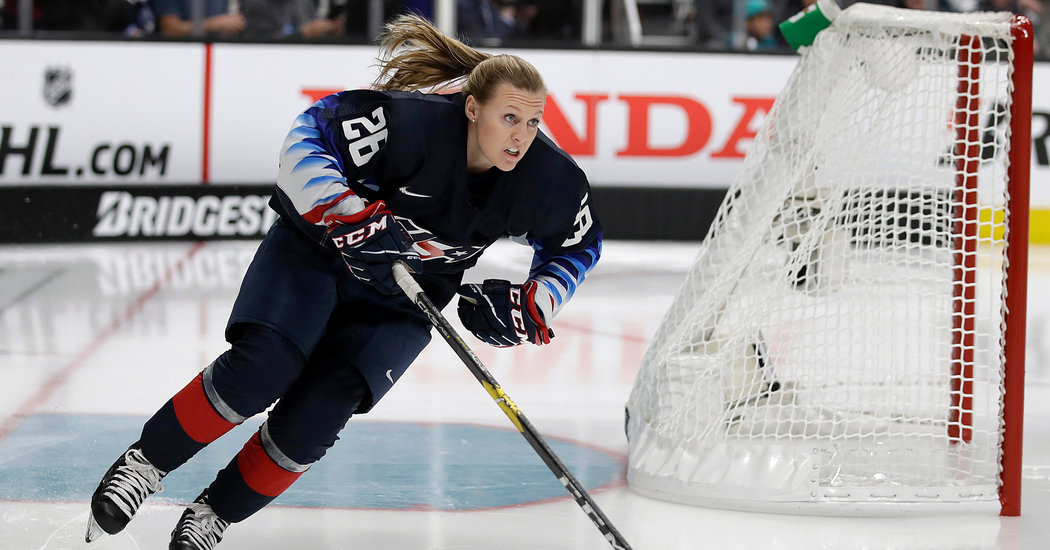
Women Get a Spotlight, but No Prize Money, in New N.H.L. All-Star Event
The N.H.L. will introduce two new events at its All-Star skills competition on Friday in St. Louis. One involves its players attempting trick shots from an elevated platform in the stands. The other is a three-on-three exhibition featuring top women’s players, which, the league hopes, will be received as less of a novelty.
At a time when hockey participation among male Canadians is in decline, the N.H.L. hopes to capitalize on the rapid growth the game is experiencing among girls and women. According to U.S.A. Hockey data, participation in girls’ and women’s hockey in the United States has grown by 34 percent in the past decade, swelling in 2018-19 to more than 83,000 players. In Canada, that number was almost 87,000 in 2017-18, according to the International Ice Hockey Federation.
Last year, Kendall Coyne Schofield, who won an Olympic gold medal in 2018 with the United States women’s national team, was a last-minute replacement for an N.H.L. player in the fastest skater competition: She finished seventh out of eight entrants. Her 14.346-second lap time was less than a second behind the winner, Edmonton Oilers center Connor McDavid.
Last year, Brianna Decker, Coyne Schofield’s Olympic teammate, completed a demonstration of the premier passer event at the skills competition in an unofficial time that wound up being three seconds faster than the winning time, 1 minute 9 seconds, logged by Oilers forward Leon Draisaitl. Fans used the #PayDecker hashtag on social media to express their furor over Decker’s not being eligible for the $25,000 prize. The hockey equipment manufacturer CCM eventually paid Decker an equivalent sum.
Bill Daly, deputy commissioner of the N.H.L., said that after last year, the league sought to create an “even bigger platform for women during All-Star weekend.”
“Sometimes All-Star Games are challenged in creating something new, something special, something different, something that will generate interest,” Daly said. “The announcement of this event seems to have created a little buzz that is a real positive.”
Friday’s three-on-three event will not pay prize money to participants. Instead, the players will receive appearance fees, Daly said. The N.H.L. has also announced it will donate $100,000 to girls’ hockey organizations.
Daly said the donation would exceed the $30,000 an N.H.L. player could earn by winning a skills event. In Saturday’s All-Star Game, N.H.L. players will compete for a $1 million pot.
Nancy Lough, a professor at the University of Nevada, Las Vegas, who studies gender equity in sports, said the inclusion of women showed awareness. But, she added, having no prize money in addition to making them play an accelerated game was “clearly most in line with a corporate social responsibility goal of making fans feel good about the N.H.L. as opposed to actually advancing women’s hockey.”
The addition of women’s hockey at All-Star weekend comes in the wake of some male N.H.L. coaches and broadcasters having been fired or suspended in the past year for racist and sexist comments.
The three-on-three event will feature a running clock that covers two 10-minute periods and pits 20 total players — each team is composed of nine skaters and a goaltender — in a United States vs. Canada battle.
Daly said that selecting 20 players was “going to be tricky from the start” and that the N.H.L. leaned on recommendations from the Olympians Angela Ruggiero, Hayley Wickenheiser, Cammi Granato and Cassie Campbell-Pascall, supporters of the Professional Women’s Hockey Players Association, a nonprofit advocacy group created last spring. Almost all of the participants in the event are members.
The addition of the women’s three-on-three event comes during the continuing player-led revolt against the National Women’s Hockey League, the only women’s pro league in North America. Members of the players’ association decided not to sign with the N.W.H.L. this season over concerns about operations and low wages. The N.W.H.L.’s highest announced salary is $15,000.
Currently, the N.H.L. selectively doles out cash to women’s hockey entities. It supplied $100,000 in financing to the N.W.H.L. this season, increasing the amount after its Canadian counterpart folded.
For years, the N.H.L. said it would not create a women’s league as long as other women’s leagues existed. Daly reiterated that there was no intention to create a women’s league under the N.H.L. umbrella with the N.W.H.L. still in operation.
With Friday’s showcase being played over an irregular time frame and sandwiched between competitions like hardest shot and target practice, the format has drawn criticism for being nothing more than a novelty act.
“There’s effort, but at the same time it’s so limited,” said Courtney Szto, a professor at the school of kinesiology and health studies at Queen’s University in Kingston, Ontario. “They have such a great opportunity to generate a connective relationship even if they don’t want to fund a league, something that’s expected and normal, but it’s always these one-offs, random isolated events.”
Szto, who writes for the website Hockey in Society, referenced a women’s exhibition game held four years ago at the N.H.L.’s annual Winter Classic that had no live television coverage and was played with a running clock. The N.H.L. has not sponsored a similar event since.
“My take on the N.H.L. involvement is, these women deserve everything the N.H.L. has available to them resource-wise,” Szto said. “I don’t think the N.H.L. deserves one lick of their attention, though.”


